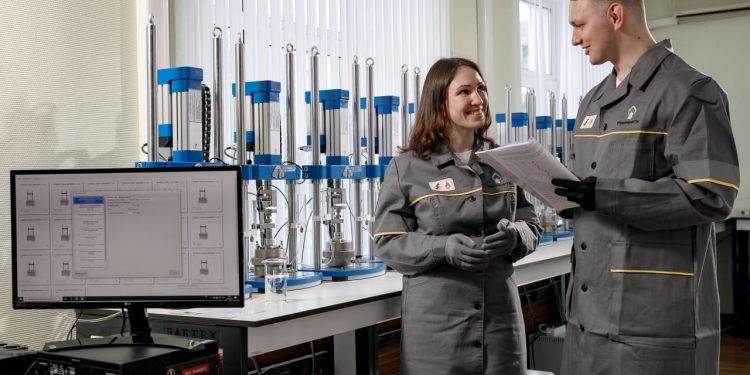Rosneft Implements Artificial Intelligence in Core Analysis
Rosneft continues its digital transformation of the oil and gas industry, taking work with geological data to a qualitatively new level. Specialists at the company’s Tyumen research institute have developed and implemented a service based on large language models (LLM) to automate the analysis of lithological core descriptions.
The digital tool, named “LitoText”, automatically identifies 16 physical parameters of core samples in geological reports, including rock type, color, saturation, texture, grain size, fracturing, and pore space type. These parameters are extracted using a large language model—artificial intelligence capable of reading and understanding text. The model is trained by expert lithologists, who guide it in accurately determining core characteristics and explain the meaning and proper interpretation of geological terms. The use of this innovative development minimizes the human factor, reduces the likelihood of errors, and, most importantly, speeds up data analysis by 5 to 7 times.
The tool is applied both to processing new information and to verifying the quality of descriptions in databases. All lithological descriptions and primary core laboratory data are consolidated in the RN-LAB information system, developed and implemented at the research institute. Currently, RN-LAB contains digital core data with a total length exceeding 52 kilometers.
The development of technological potential is one of the key elements of Rosneft’s 2030 corporate strategy. The company prioritizes innovation, defining technological leadership as a key factor in its competitiveness in the oil market.
Lithology is a branch of geology that studies the composition, structure, genesis, and transformation of sedimentary rocks.
A large language model (LLM) is an artificial intelligence program capable of recognizing and generating text.











